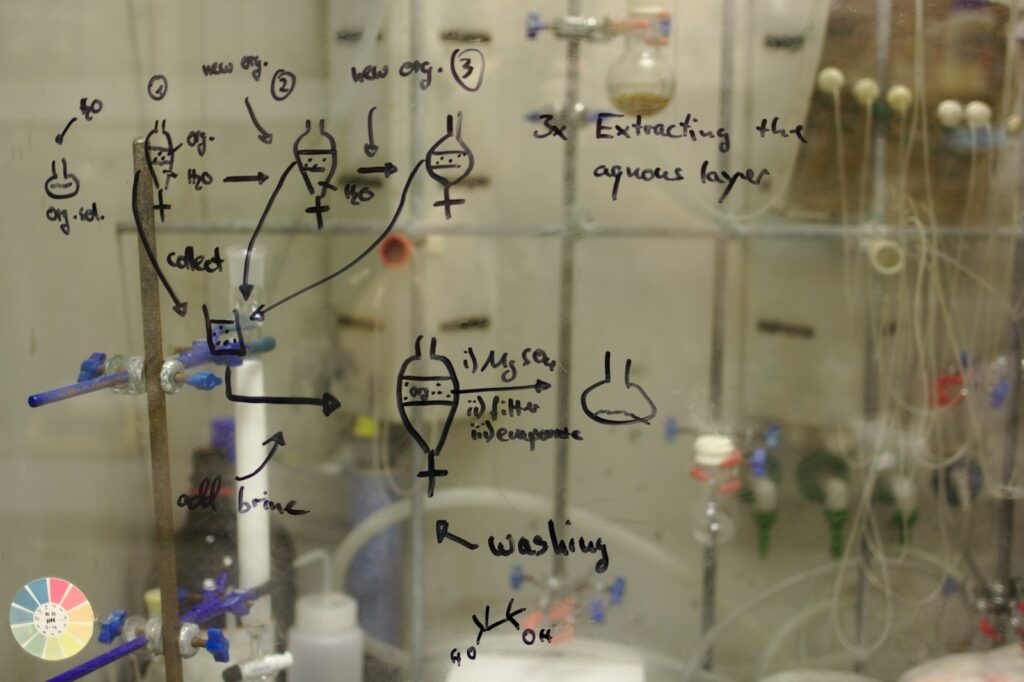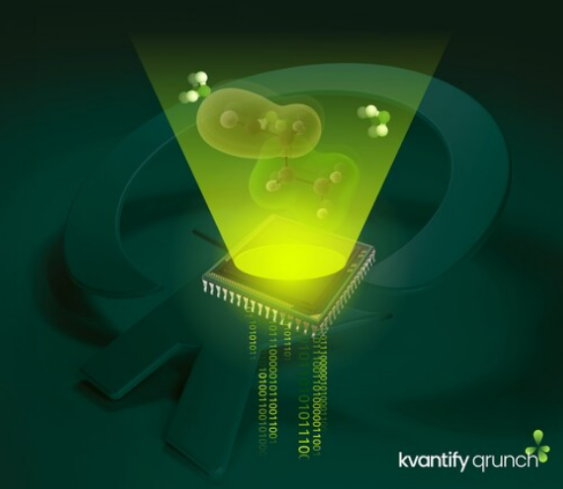Insider Brief
- Diamond Quanta researchers will release findings about its diamond semiconductor fabrication and doping techniques in two upcoming white papers.
- The company use the properties of diamond to deliver advanced solutions in power electronics and quantum photonic devices.
- Information on the advances will be announced in August at the International Materials Research Congress.
PRESS RELEASE — Diamond Quanta (the “Company”), a trailblazer in semiconductor innovation, capitalizing on the exceptional properties of diamond to deliver advanced solutions in power electronics and quantum photonic devices, announced momentous breakthroughs around its proprietary, novel diamond semiconductor fabrication and doping techniques. With publications pending in two upcoming white papers, the results illustrate new strength and efficiency capabilities for diamond-based semiconductors that will prove essential to meet the power demands of modern technology industries and alleviate their worsening energy issues. Diamond Quanta Founder and CEO, Adam Khan, will be presenting the breakthroughs on August 20th and 21st at the upcoming International Materials Research Congress in Cancun, Mexico.
In the first symposium, Materials Science & Quantum Technology, Diamond Quanta’s contribution, “Advanced Co-Doping Techniques for Enhanced Charge Transport in Diamond-Based Quantum Devices,” is co-authored by Khan and Senior Engineer, Tae Sung Kim. It presents the assumptions, formalisms, and predictions of the Unified Diamond Framework in the context of the experimental findings, contrasting with the other approaches and their limited results. The technique is shown to optimize the electronic structure for enhanced charge transport with improved crystalline quality and fewer defects in the novel co-doped diamond system, contrasting with traditional methods where increased disorder is observed post-doping. The findings are correlated and supported with the enhanced electronic properties reported, such as high carrier mobility, demonstrating that the novel doping techniques effectively manage crystalline anisotropy and charge transport dynamics inherent to the diamond system. Further discussed, the high carrier mobility and low defect densities in diamond semiconductors enable the creation of reliable and efficient quantum gates, essential components for quantum computers.
In the second symposium, Advanced Defense Materials, Diamond Quanta’s contribution, also co-authored by Khan and Kim, focuses on the application of the technology in high power, high temperature operating environments, specifically contrasting the findings of the US Army DEVCOM’s recent report, “Development of Diamond-Based Materials Systems for High-Power RF Electronics: Third-Year Report,” to show the increased performance of Diamond Quanta’s novel co-doping ion beam method, which has been designed to directly address the mechanisms promoting vacancy-defect formation. This technique optimizes the electronic structure for enhanced charge transport, where, by impeding extended vacancy motion, co-dopants facilitated the integration of dopants as substituent donors. This minimizes the formation of deep gap states and promotes higher mobility electronic states near the conduction band. The direct comparison shows substantially increased performance as compared to the costly and commercially impractical method of “stacking” diamond with other semiconducting materials in heterostructures (e.g. Boron Nitride, Gallium Nitride, etc.), with fewer restrictions on initial materials defect density to achieve said performance, resulting in a more cost-efficient diamond solution.

“The breakthrough results of our team’s work illustrate a formidable future for diamond-based semiconductors, as advancements in the AI, automotive, aerospace industries and more require stronger, more efficient technology to confidently handle their growing power demands,” said Adam Khan, CEO and Founder of Diamond Quanta. “Our team’s novel diamond fabrication and doping techniques will allow diamond semiconductors the ability to enhance the reliability and longevity of data center components by preventing overheating; decrease energy expenditures on cooling systems, leading to more sustainable and cost-effective operations; and operate at higher power densities, compared to traditional silicon-based semiconductors. These capabilities are crucial for AI data centers that require substantial computational power, as they increase processing capabilities for intensive AI computations, which enable faster data processing and more complex AI models. They also allow for more compact chip designs, leading to reduced space requirements and potentially more processing units per server.”

















